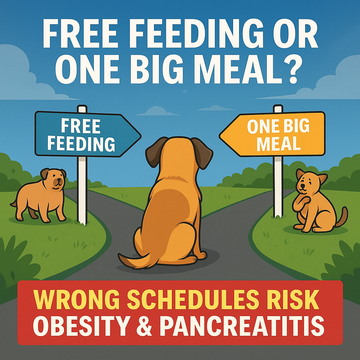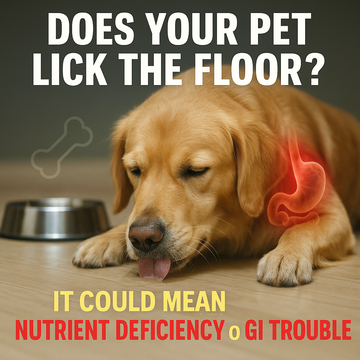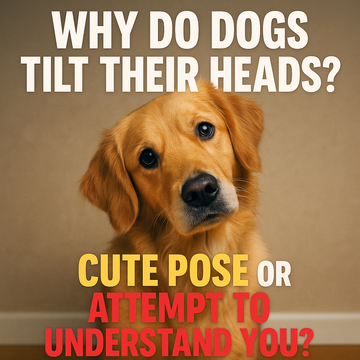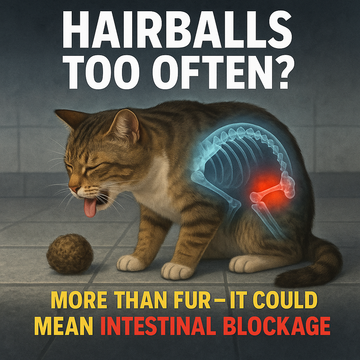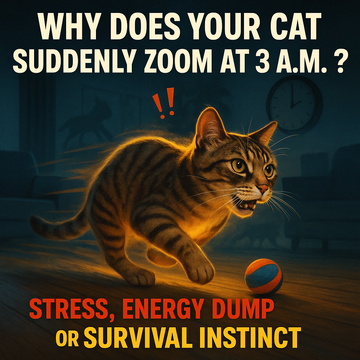Many owners believe leaving food out all day is “loving freedom,” while others feed just once daily to “keep it simple.” The truth? Both extremes are silent health killers. Free feeding leads to creeping obesity and diabetes. One-big-meal feeding overloads digestion, raising risks of pancreatitis, bloat, even sudden death. Are you making either mistake?
1) Risks of Free Feeding

-
Overeating: Pets rarely self-regulate—slight daily surplus = obesity.
-
Diabetes: Especially in cats, constant insulin spikes trigger risk.
-
Behavior issues: No mealtime routine = picky eaters.
-
Food hygiene: Kibble absorbs moisture, grows bacteria/mites.
2) Risks of One Big Meal

-
Digestive overload: Large intake stretches the stomach excessively.
-
Pancreatitis: Overeating high-fat meals easily triggers inflammation.
-
Bloat: Especially in large breeds—gastric torsion can be fatal.
-
Blood sugar swings: Sharp highs post-meal, deep lows in fasting.
3) The Healthiest Feeding Schedule

-
Adult pets: 2–3 meals/day, same times, fixed portions.
-
Puppies/kittens: 3–4 meals/day, gentler on immature digestion.
-
Seniors: Adjust frequency based on health, lighter loads per meal.
-
Measure portions: Cups or scales, never “eyeball it.”
4) Extra Smart Feeding Tips

-
Puzzle/slow bowls: Stretch meal time, reduce gorging.
-
Skip sugary treats: Limit jerky, creamy snacks.
-
Hydration: Dry-fed pets need boosted water intake.
-
Weigh regularly: Spot weight creep early.
Final Tips
Feeding style looks minor, but it shapes a lifetime. Free feeding = chronic obesity. One big meal = acute danger. Remember: regular, measured, multiple meals are the simplest, safest care.
We share fresh dog/cat care tips every day—follow us at https://pawcassopet.com/
